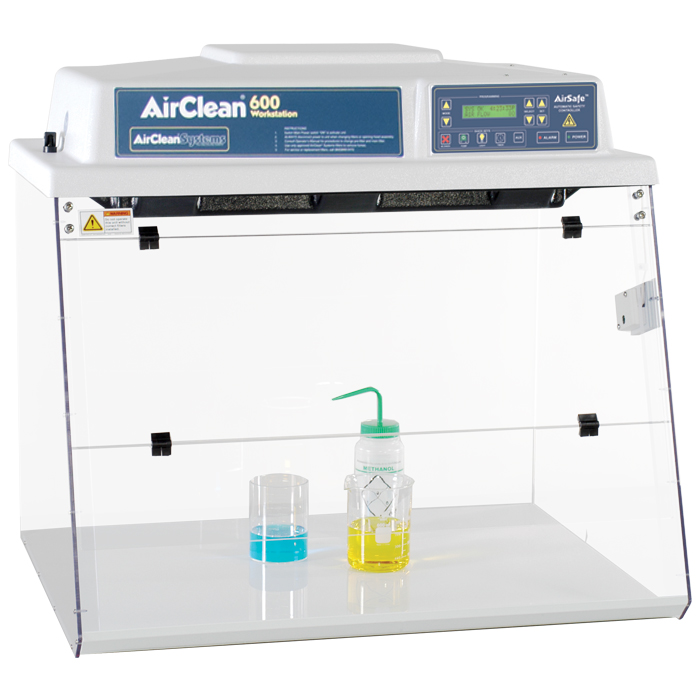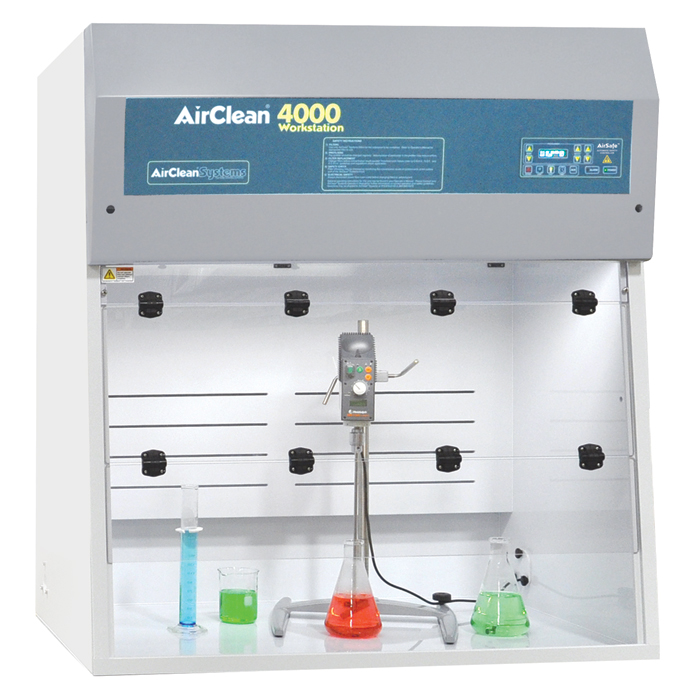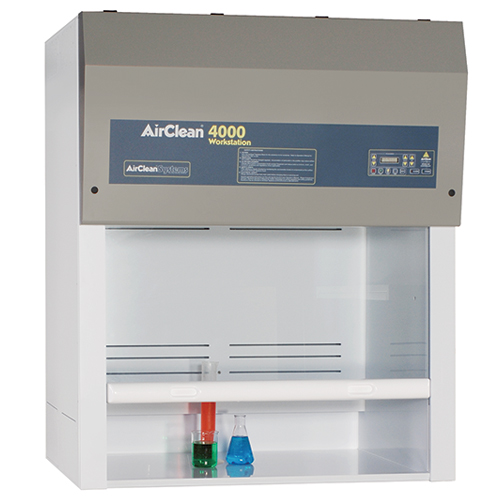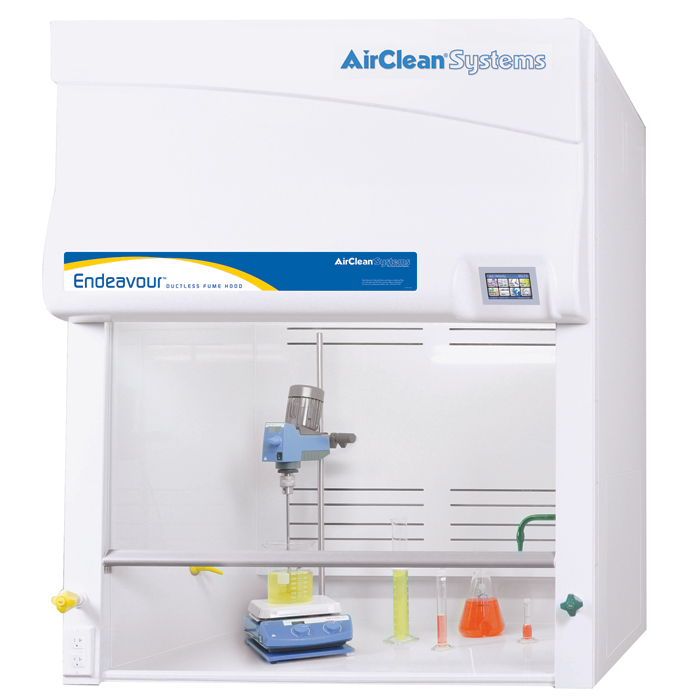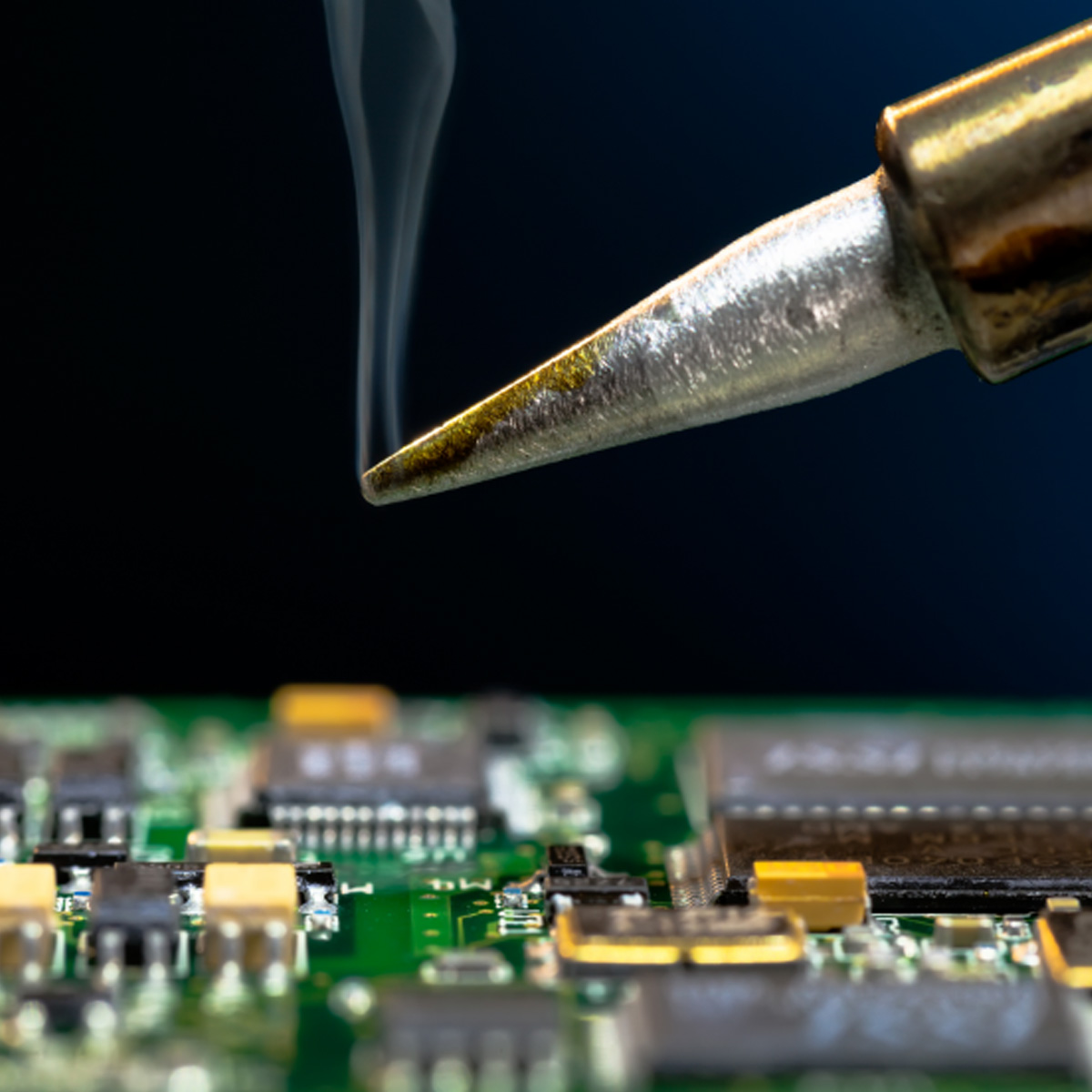
Fume hoods and Soldering Safety
What Is Soldering?
Soldering is a common technique used to join two pieces, often metal, together. The ability to solder metals together is important for multiple industries. Soldering is used to assemble printed circuit boards (PCBs), bond copper plumbing, manufacture automobiles and medical electronics, as well as make and repair jewelry or musical instruments. To bond two metal pieces together, a solder or low-melting metal alloy is heated to above its melting point using a heated soldering iron, soldering gun, or solder pot. The melted solder then cools and solidifies, creating a solder joint between the metal pieces.
Types Of Solder
Solders can be classified into three types: lead alloy solder, lead-free solder, and lead flux solder. Lead alloy solder is typically a 60/40 combination of tin and lead with a melting point of approximately 180-190°C. Recently, there has been a push to replace lead alloy solder with lead-free solder because of the potential risk of lead poisoning. Lead-free solders are often a mixture of tin, copper, and/or silver and are used extensively in the manufacturing of printed circuit boards and applications where there are regulatory and/or environmental and health concerns associated with the use of lead alloys. The third type of solder is called lead flux solder. This solder is supplied as a wire that contains a chemical core called flux that is released when the solder melts. The flux can be composed of rosin derived from pine tree resins, organic acids dissolved in ethanol or isopropanol, and inorganic acids. Lead flux solder is commonly used to attach electrical components to printed circuit boards. The addition of flux to the solder site, whether in the core of solder wire or as a liquid, powder, or paste, can help to clean the metal surfaces that are being soldered together, inhibit re-oxidation of the solder site, and wet the metal surfaces to allow the solder to flow evenly across the surface. Together, these benefits improve the overall bonding of the soldered joint.
Hazards Associated With Flux And Soldering
The addition of flux to soldering applications has many benefits, but it is not without risks. Flux can contain multiple hazardous chemicals such as methanol, zinc chloride, ammonium chloride, and succinic acid. Exposure to any of these chemicals can result in irritation of the eyes, skin, and respiratory tract and, in some cases, chemical burns. The release of flux during the soldering process increases the risk of exposure because of the generation of hazardous fumes that must be contained. Further, some of these chemicals are flammable. The buildup of flammable fumes, especially near a heated element like a soldering iron, gun, or pot, is a safety risk.
Other hazards associated with soldering are derived from the solder itself. During the melting process, metal fumes and dust are released. These metal fumes can irritate the eyes, nose, throat, and respiratory tract. Exposure to fumes from lead-based solders carries the additional risk of lead poisoning, especially when exposures are prolonged or repeated. Lead targets the brain and central nervous system resulting in severe neurological issues.
Ductless Fumes Provide Operator Protection And Fume Containment
The hazardous fumes released from flux and solder must be contained in the workspace to protect operators and others in the work area. Ductless fume hoods can provide hazardous fume containment and allow for greater flexibility in workspace setups than their ducted counterparts. For soldering, a hood with a horizontal laminar flow that pulls air from near the operator, across the workspace, and up to the top of the hood should be used to protect the operator. The hood should contain a high-efficiency particulate air (HEPA) filter to capture any dust particles, as well as an appropriate carbon filter to capture chemical vapors prior to air exhaust into the room. If building ductwork is readily available, a total exhaust fume hood with a similar airflow pattern could also be used. Operators should always use safe soldering practices to prevent burns and wear the appropriate personal protective equipment (PPE).
